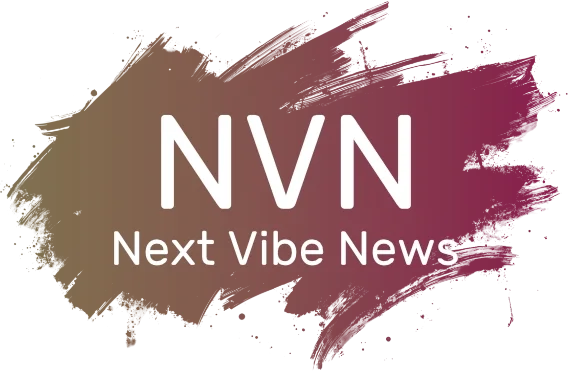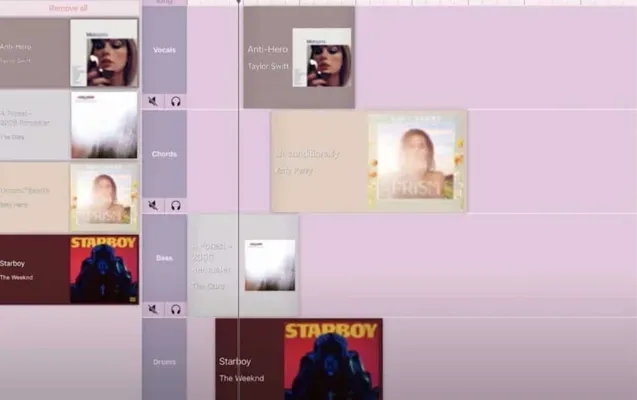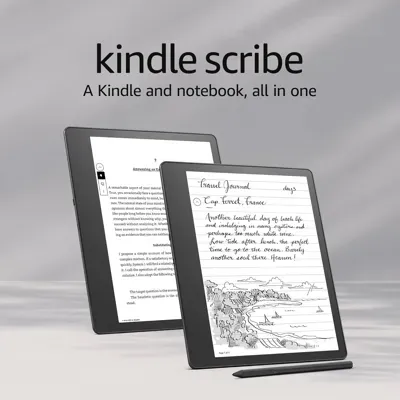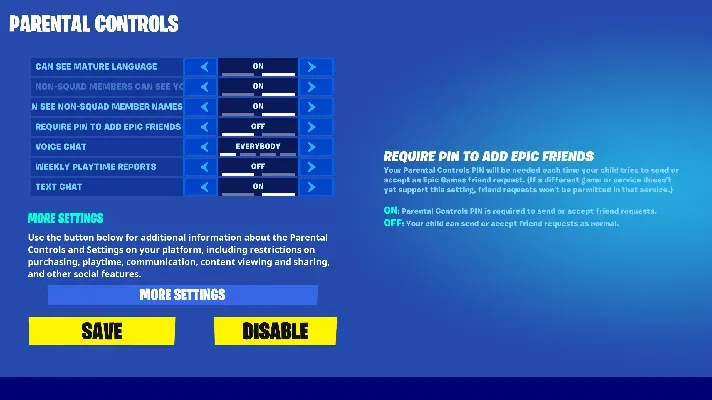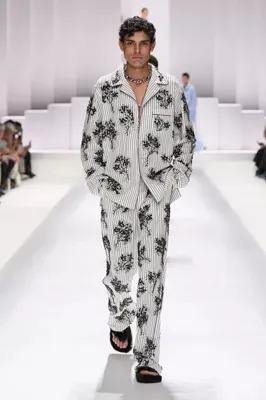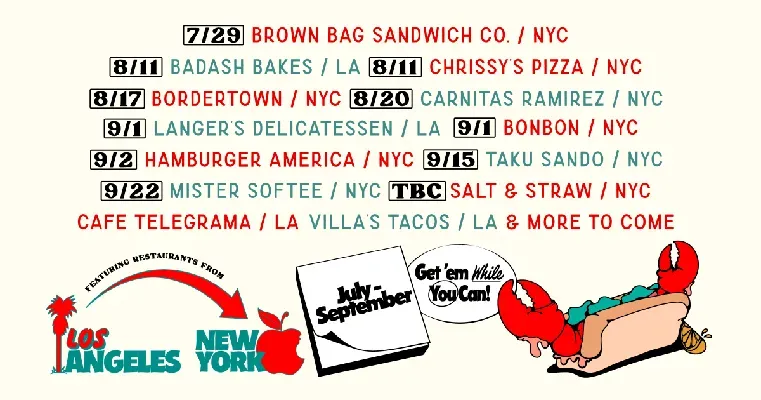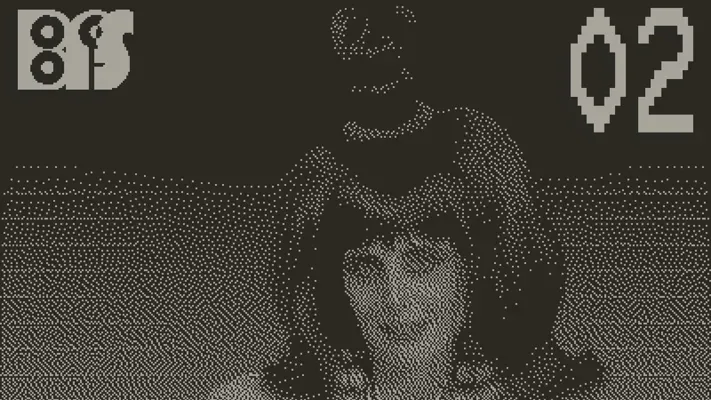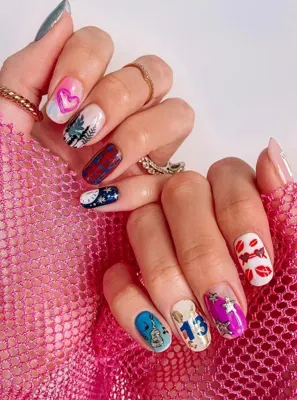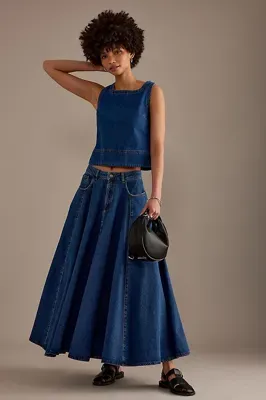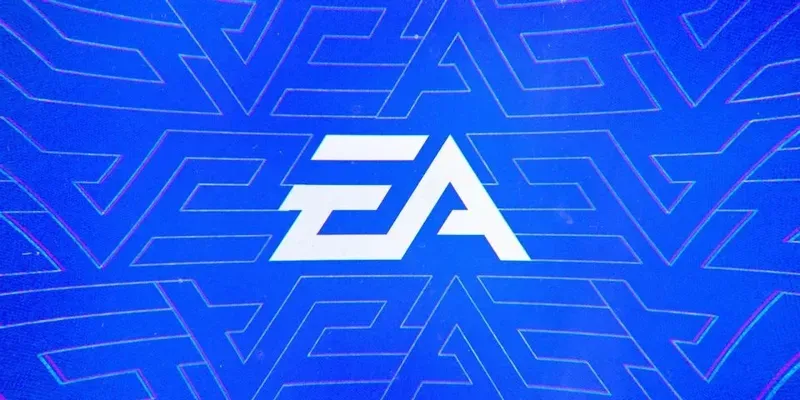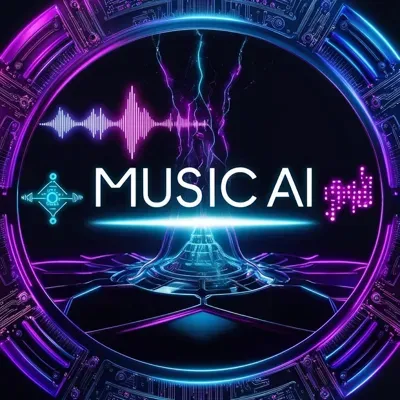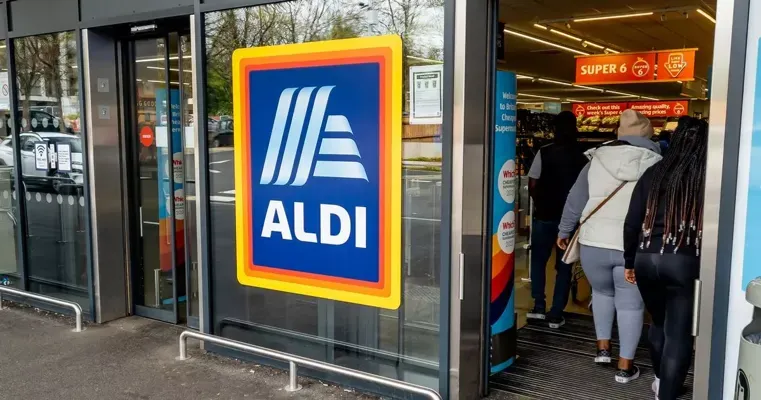The Google Mixboard tool is transforming the way we conceptualize design ideas by enabling users to create captivating mood boards seamlessly. This innovative AI design tool, currently in public beta in the US, leverages the power of Google’s Gemini 2.5 Flash model to offer an open canvas for creativity. By utilizing Mixboard features like pre-populated templates and intuitive text prompts, users can effortlessly explore their artistic visions. Whether you’re planning an autumn party or searching for inspiration in home decoration, Mixboard provides an engaging platform to curate and edit visuals. This new development positions Google alongside established design applications, showcasing its commitment to enhancing the creative process for everyone.
Introducing the Google Mixboard tool, a groundbreaking application designed to facilitate mood board creation for designers and creatives alike. This cutting-edge concept from Google Labs allows individuals to bring their ideas to life through an interactive interface reminiscent of popular design platforms. By integrating AI functionalities from Google Gemini, users can generate and customize visual content effortlessly. The utility extends beyond mere inspiration, offering robust features that permit users to refine their boards using simple language prompts. Essentially, Mixboard acts as a digital canvas where creativity knows no bounds, making project development an exciting and intuitive experience.
Exploring Google Mixboard’s Innovative Features
Google Mixboard is an exciting new addition to the landscape of AI design tools, providing users the ability to curate and create mood boards tailored to specific themes or projects. One of its standout features is the capability to leverage Google’s Gemini 2.5 Flash model, which enhances the creativity of users by generating images based on simple text prompts. This feature not only streamlines the design process but also makes it accessible to those who may not have extensive graphic design experience. With a range of pre-populated board templates, Mixboard allows users to dive straight into their design ideas without the intimidation of starting from scratch.
Moreover, the Mixboard’s user-friendly interface encourages exploration; individuals can either upload their own images or generate visuals tailored to their specific needs, such as event planning or home decoration. By applying natural language prompts, users can easily modify existing boards, seeking out combinations of elements that resonate with their personal style or project requirements. This flexibility places Mixboard at the forefront of design applications, enabling users to actively engage with their artistic vision in an intuitive manner.
How to Create Mood Boards with AI Tools
Creating a mood board has never been easier, especially with the rise of AI design tools like Google Mixboard. The platform provides a spacious, open canvas that encourages creativity and exploration, mirroring similar platforms like FigJam and Adobe’s Firefly Boards. To get started, users can select a theme or concept, which can be anything from seasonal decor to trendy design aesthetics. Once a theme is chosen, users can utilize Mixboard’s templates or generate visuals using the intelligent suggestion features of Google’s Gemini.
Once you have your foundational images, Mixboard’s editing capabilities are particularly notable. Users can tweak their mood boards by using natural language prompts to mix and match elements seamlessly. This provides an opportunity not only for personal expression but also for experimentation, as the AI can offer suggestions that bring in relevant design trends and ideas. Whether you’re looking to inspire creativity for a home renovation or gather visuals for a stylistic photoshoot, tools like Google Mixboard are proving invaluable.
Using LSI in Mood Board Creation
Incorporating Latent Semantic Indexing (LSI) into the creation of mood boards amplifies the effectiveness of design tools like Google Mixboard. By using LSI, designers can ensure that their mood boards not only resonate visually but also conceptually, connecting related terms that enrich the overall theme. For example, when a user generates a mood board for a modern interior design project, they can integrate keywords such as ‘minimalist,’ ‘contemporary colors,’ or ‘eco-friendly materials’ to give depth to their creative output.
This interconnectedness of ideas enhances the design process, allowing users to explore options that they may not have initially considered. Moreover, with the integration of AI in tools like Mixboard, the generation of tailored visual content can be optimized, further aligning with current design trends and aesthetics. Thus, implementing LSI develops a more cohesive narrative within mood boards, making the entire creative process more efficient and inspiring.
The Role of Google Gemini in Design Projects
At the heart of Google Mixboard’s innovative features is Google Gemini, which plays a pivotal role in enhancing the user experience when creating mood boards. This powerful AI model enables users to input creative prompts that can instantly generate a variety of design visuals, from color palettes to theme-specific imagery. The inclusion of Gemini within the Mixboard platform not only simplifies the process of finding inspiration but also makes it incredibly engaging for users, transforming abstract ideas into tangible visuals.
As users interact with Mixboard, they can experiment with different prompts, creating a dialogue between their creative input and the intelligent suggestions generated by Gemini. This back-and-forth allows for deeper involvement in design projects, as users can continuously refine their boards, ensuring that the visuals align with their original vision. Beyond just aesthetics, the amalgamation of AI tools like Gemini reinforces the commitment to making design more accessible and enjoyable for everyone.
Mixboard Features Enhancing User Experience
The success of Google Mixboard can be attributed to its unique features designed to enhance user interaction and creativity. Firstly, the one-click regeneration of images allows users to quickly experiment with various renditions of a visual element, ensuring they can find the exact look they desire without spending excessive time on modifications. This feature streamlines the design process, making it perfect for users who need to create multiple iterations swiftly, whether for presentations, decor planning, or personal projects.
Moreover, the ability to use uploaded images as references for generating new visuals further elevates the user experience. This means that Mixboard isn’t just a collection of static templates; it allows for dynamic interaction with personalized content. As users navigate through the available options, they can create a truly customized atmosphere for their mood boards, encouraging creativity and exploration that aligns with their individual themes or objectives.
A Comparison of AI Design Tools: Mixboard vs. Competitors
When comparing Google Mixboard to existing AI design tools like Adobe’s Firefly Boards and FigJam, several key differences emerge that highlight Mixboard’s innovative approach to mood board creation. One significant advantage is Mixboard’s seamless integration with Google’s Gemini AI, providing users with an unparalleled ability to quickly generate images that match specific prompts or themes. This contrasts with other platforms that primarily offer static templates, giving Mixboard a unique edge in terms of creativity and flexibility in design.
Additionally, the collaborative features within Mixboard allow users to connect and share their designs easily, making it a helpful tool for teams working on collective projects. This capacity for collaboration further sets Mixboard apart from its competitors, which often lack such intuitive sharing capabilities. By fostering a community-like atmosphere, Mixboard encourages users to explore more creative avenues and lean into collaborative ideation, making it an appealing choice for both independent users and design teams.
The Future of Mood Boarding with AI
With the advent of advanced design tools like Google Mixboard, the future of mood boarding looks incredibly promising. As AI technology continues to evolve, users can expect even more intuitive features that enhance their creative freedom. The integration of user-generated content with intelligent suggestions leads to personalized experiences that not only meet but exceed user expectations. Furthermore, the continuous development of AI models like Google Gemini ensures that users remain at the forefront of design innovation, ready to explore new artistic avenues.
In addition, as these AI tools become more sophisticated, they will likely expand to incorporate richer multimedia elements, allowing for an even broader spectrum of creativity. The future may hold the potential for interactive mood boards that evolve in real-time with collaborative efforts, enabling teams to work on projects in a synchronized manner that aligns with modern work environments. Overall, the trajectory of mood boarding and design applications shows a shift toward more integrated, AI-driven solutions that redefine the way we approach creative projects.
Maximizing Creativity with AI Mood Board Tools
Maximizing creativity using AI mood board tools like Google Mixboard involves a strategic approach to harnessing the technology available. Users should first familiarize themselves with the variety of features and capabilities that Mixboard offers, such as the ability to generate visuals from text descriptions. By experimenting with different prompts and themes, users can discover unique combinations and aesthetics that resonate with their vision.
In addition, engaging with the platform’s community aspects—by sharing boards or seeking feedback—can further enhance the creative process. Users can find inspiration from others and exchange tips on utilizing Mixboard’s features to their fullest potential. This collaborative aspect not only broadens the scope of creativity but also cultivates a supportive environment where ideas can flourish, ultimately resulting in more innovative mood boards.
Tips for Effective Mood Board Creation
Creating an effective mood board using tools like Google Mixboard requires careful consideration and planning. Begin by defining the core concept or theme of your board—this will guide your selections throughout the creation process. Once you have a clear goal in mind, utilize Mixboard’s AI-generating feature to pull in visual inspiration that aligns with your theme, maximizing the potential of your mood board.
Another tip is to incorporate a variety of media types, including colors, textures, and graphic elements, to create a more dynamic and engaging board. Additionally, don’t shy away from using Mixboard’s editing tools and prompts to refine your visuals until they fit your vision perfectly. Effective mood board creation combines both thoughtful planning and the innovative functionalities of AI design tools, paving the way for a compelling visual expression.
Frequently Asked Questions
What is the Google Mixboard tool and how does it relate to AI design tools?
The Google Mixboard tool is an innovative AI design tool that allows users to create mood boards for exploring various design ideas. It leverages Google’s Gemini technology to offer an open canvas for users to develop their projects, making it a versatile addition to the landscape of AI design applications.
How can I create mood boards using the Google Mixboard tool?
To create mood boards using the Google Mixboard tool, users can start with pre-populated templates or use text prompts to generate visuals, such as displaying items in a certain style. This flexible process enables a wide range of creative possibilities for any project.
What features does Google Mixboard offer for mood board creation?
Google Mixboard offers features like image uploads, natural language prompts for modifications, and the capability to regenerate or combine visuals. These features enhance the mood board creation experience, making it intuitive and user-friendly.
Can I use Google Mixboard for event planning or home decoration ideas?
Yes, Google Mixboard is ideal for event planning or home decoration. Users can generate customized visuals by typing prompts like ‘plan an autumn party in my living room,’ allowing for creative concept development suited to personal tastes.
How does Google Mixboard compare to other design applications like FigJam or Adobe Firefly Boards?
While Google Mixboard shares similarities with applications like FigJam and Adobe Firefly Boards in terms of its functionality, it specifically integrates Google’s AI capabilities to enhance user experience in mood board creation, providing unique tools for conceptualizing design ideas.
Is Google Mixboard currently available for public use?
Yes, the Google Mixboard tool is currently available in public beta in the US, allowing users to explore its features and capabilities for mood board creation.
What advantages does the Mixboard tool offer over traditional mood board methods?
The Mixboard tool provides the advantage of AI-driven image generation based on natural language descriptions, ease of editing, and the ability to quickly create designs that reflect user preferences, all of which streamline the mood board creation process.
How can I edit my mood boards in Google Mixboard?
Editing mood boards in Google Mixboard is straightforward. Users can utilize natural language prompts to adjust existing images or explore new combinations, allowing for dynamic alterations to their designs.
